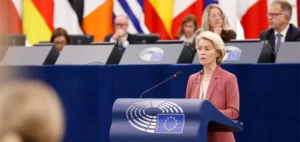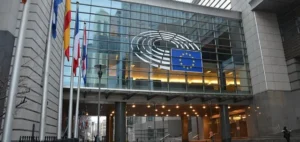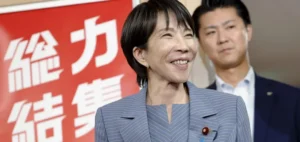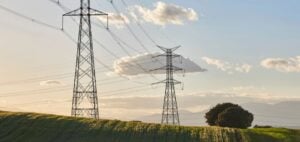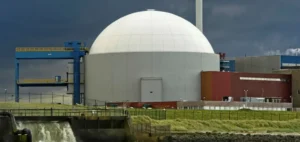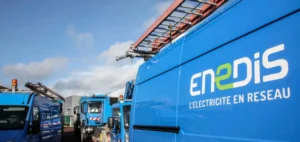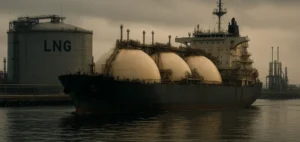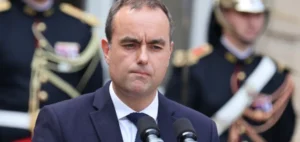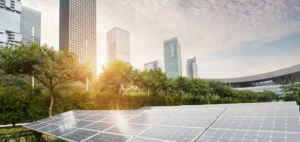The European Union on Wednesday launched its first international tender for bulk gas purchases, covering the aggregate demand of about 80 European companies, in order to get better prices to replenish stocks before the winter of 2023-2024.
This mechanism is part of the measures adopted last year by the EU-27 to respond to the energy crisis caused by the surge in gas prices following Russia’s invasion of Ukraine and the drastic reduction in Russian gas supplies. “This is a historic step: we are leveraging the collective economic weight of the EU to increase our energy security and fight against high gas prices,” stressed European Commission Vice President Maros Sefcovic.
For this first tender, which covers deliveries expected between June 2023 and May 2024, 77 European companies submitted their applications for a total volume of approximately 11.6 billion cubic meters of gas, including 2.8 billion cubic meters of liquefied natural gas(LNG) and 9.6 billion cubic meters of gas delivered by pipeline. International gas suppliers, excluding Russia, are now invited to respond to this aggregated request by submitting their offers by May 15. The best ones will then be forwarded to the client companies for commercial discussions until the transaction is concluded.
The Brussels-led platform helps European companies, especially in energy-intensive industries, to “build new business relationships with alternative suppliers” as the EU seeks to shed its dependence on Russian gas, Sefcoviv insists. In particular, it allows small, isolated companies to gain greater visibility and weight in the energy market together. On the other hand, the mechanism “offers international suppliers the opportunity to expand their customer base”, continued the Commissioner, highlighting the “robust interest” generated with a hundred potential suppliers registered.
New tenders will be issued every two months until the end of the year, according to Brussels. According to the regulation finalized in mid-December, EU states must participate in this demand aggregation mechanism for at least 15% of the volumes needed to reach the filling target set by the EU (Europeans are required to fill 90% of their storage capacity by November).
These European “grouped purchases” should also avoid the situation of the summer of 2022, when States and companies rushed at the same time on the gas market to fill their stocks, feeding the surge in prices. Companies from the EU, but also from the countries of the “European Energy Community” (Ukraine, Albania, Bosnia, Kosovo, Northern Macedonia, Georgia, Moldova, Montenegro and Serbia) can participate to aggregate their demand.



